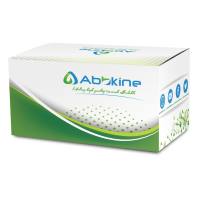Serological methods, gene sequencing, and RT-PCR-based methods have all been used for the identification of influenza virus hemagglutinin (HA) subtypes. Compared to serological methods and gene sequencing, RT-PCR is fast, sensitive, and relatively inexpensive. However, since RT-PCR generally lacks the specificity of sequencing or serology, the most practical application of RT-PCR methods for subtype identification is either to target a few of the most important subtypes such as H5 and H7 or to use it in situations where a specific strain is being targeted, such as during an outbreak or with experimental samples.
Since identification of viruses from the Asian-origin H5N1 highly pathogenic avian influenza virus lineage is a high priority worldwide, the procedure for real-time RT-PCR (rRT-PCR) identification of the H5 H subtype is presented here. This assay can identify the H5 hemagglutinin of any genetic lineage (North American or Asian) and either pathotype (highly pathogenic or low pathogenic), but does not differentiate between subtypes or pathotypes.






